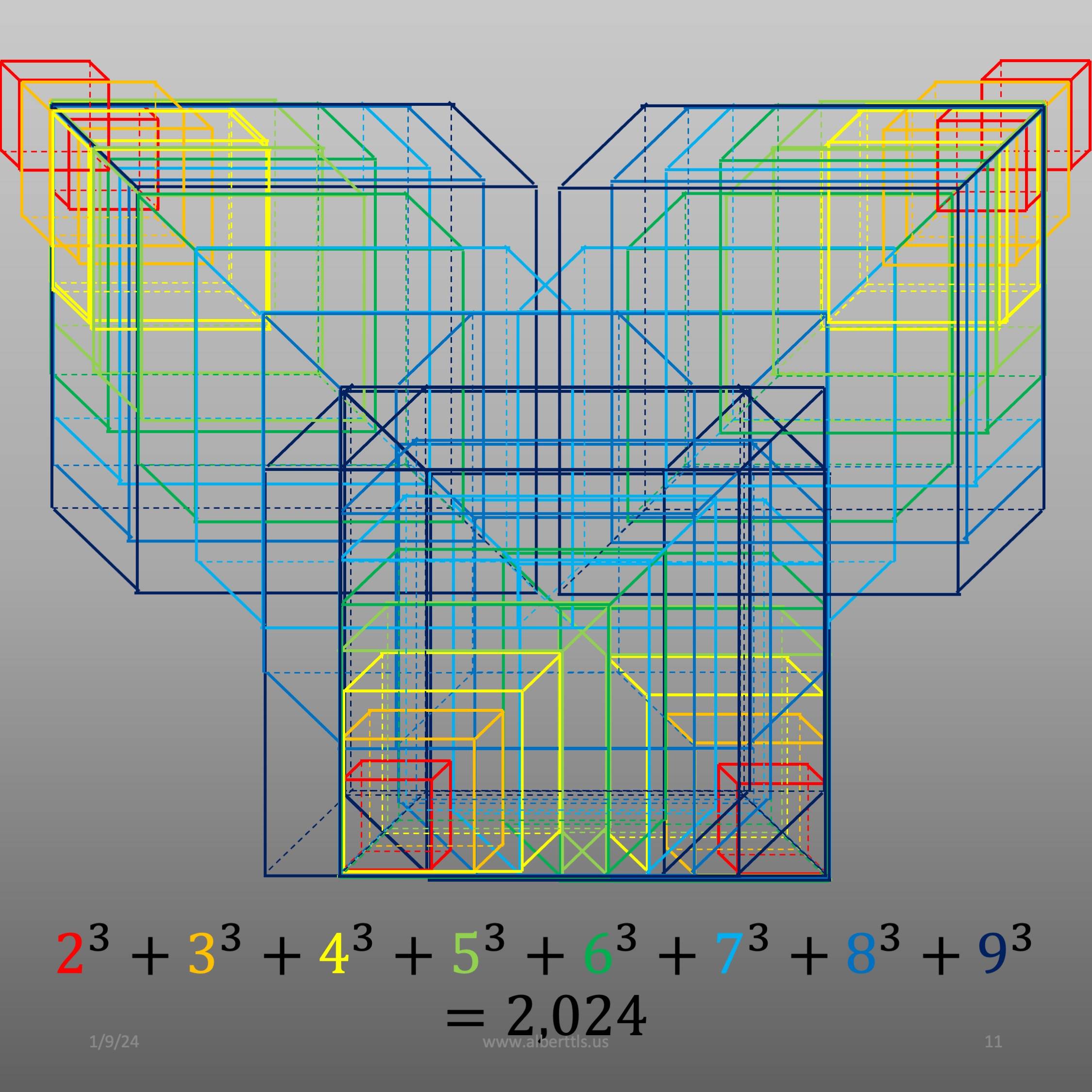
Find your piece. Analyze your piece. Expose your piece. Finally, collaborate on it.
#2023. W 10 D 1 GMT +08:00. Indicate #300 days to go in 2023. What is the best piece of advice you have ever thought of? A piece, as we know, is a small segment of an image containing a pattern of visual features. A piece is critical in many front-face pattern analyses, especially in color, texture, or shape. That piece describes a representation of the front and enables the accuracy and efficient identification of beings based on their physical features. By analyzing that piece, the concept of a piece taught us the accuracy in the recognition of beings based on seeing.
Facial recognition technology has become an increasingly important tool in various fields, such as security, identification, and access control. In front-face pattern analysis, the concept of “piece” is crucial in constructing facial representations for recognition purposes. A piece refers to a small and distinct facial image region containing significant visual cues such as facial landmarks, texture, and color.
Also, the use of pieces in front-face pattern analysis is based on the principle of local feature analysis. Different facial features such as eyes, nose, and mouth are analyzed locally in small regions or pieces rather than the whole face. The local analysis of facial features enables capturing of unique and significant facial information that is more discriminative and robust against variations in lighting, pose, and expression.
However, many steps exist to construct a facial representation using a piece. The first step is to identify the face’s most distinctive and recognizable pieces. That is often accomplished by performing feature detection algorithms that extract the most salient features of the face, such as the corners of the eyes, nose, and mouth. These features are then used to define the boundaries of the pieces, which are often square or rectangular regions of the face.
Once the pieces have been defined, the next step is to extract the relevant visual features from each piece. These features can include texture, color, and shape information and are often transformed using techniques such as principal component analysis (PCA) or linear discriminant analysis (LDA) to reduce the dimensionality of the feature space.
Moreover, the extracted features from each piece are combined to form a feature vector representing the entire face. This feature vector captures the unique characteristics of the face that are most discriminative and recognizable and is used for comparison with a database of stored facial templates for recognition purposes.
Therefore, the choice of pieces used in constructing facial representations is critical for achieving high recognition accuracy. Pieces are selected based on their ability to capture the most significant and discriminative facial information. That often involves a trade-off between the number of pieces used and the recognition accuracy achieved. More pieces may capture more detailed information but may also increase the dimensionality of the feature space, making recognition more challenging.
In summary, the concept of “piece” in the context of front-face pattern analysis is a critical component of facial recognition technology. By analyzing facial features locally in small regions or pieces, significant and discriminative facial information can be captured and used to construct facial representations for recognition purposes. Choosing pieces is critical for achieving high recognition accuracy and involves a trade-off between the number of pieces used and the level of recognition accuracy achieved. Using pieces in facial recognition technology provides greater flexibility, robustness, and accuracy, making it an essential tool in various fields where accurate and efficient recognition of individuals is necessary.


